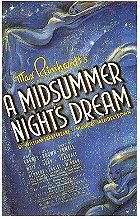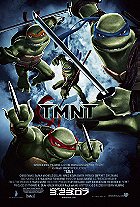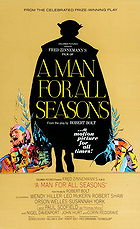Timed to coincide with MGM’s 70th anniversary and assembling as many of the remaining legends of its Arthur Freed unit as possible, That’s Entertainment! III is less a film than an extended advertisement for the home video releases of the various films highlighted here. It’s cute to see stars like Gene Kelly, Ann Miller, Esther Williams, Howard Keel, and June Allyson discuss their history at the studio, provide well-known factoids about it all, and enjoy the glossy clips presented before you, but there was room for something more.
Glimpses of Eleanor Powell’s “Fascinating Rhythm” demonstrate just how much pinpoint precision, skill, and timing were required to pull these films off both in front and behind the camera. But there’s not enough of that to fill the running time. These glimpses of scenes discarded or revisited for later films are interesting as “what if” exercises. Yes, Judy Garland looks distracted and tired in the Annie Get Your Gun material, but it’s also intriguing to catch a sight of what that film was originally intended to be.
Same goes for the side-by-side comparison of Cyd Charisse’s sensual performance of “Two-Faced Woman,” discarded from The Band Wagon, with Joan Crawford’s blackface grotesquerie in Torch Song. Or witnessing Garland’s infamous “Get Happy” attire being originally conceived for Easter Parade but deemed too risqué for the time. What a difference two years can make, I suppose.
What is incredibly revealing is how clockwork precise Fred Astaire was. A side-by-side comparison shows the original concept for a scene, rejected because he looked too average, and the final version in which he resembles his typically sophisticated self. He moves in perfect harmony between the two versions with nary a variation or missed beat between them. He wasn’t just a consummate artist but an inhuman, godlike performer.
Even better is the incandescent Lena Horne detailing the racism she encountered being the studio’s lone glamorous black star. Her infamous bubble bath scene from Cabin in the Sky is here, with her commentary about its censorship and removal. She details the pain and hurt over losing the role of Julie in Show Boat, and, as Roger Ebert says, “the difference between the two song versions is a hint of what MGM lost with that decision.”
That’s Entertainment! III does the job on satisfying the “greatest hits and more” itch for MGM musicals, even if it ultimately a fleeting experience. There was ample room to be so much more, but the instinct to parade a gallery of stars and visual bric-a-brac took them over even at this late stage. The spirit of Louis B. must’ve possessed the producers.
 Login
Login
 Home
Home 95 Lists
95 Lists 1531 Reviews
1531 Reviews Collections
Collections
 0 comments,
0 comments, 







